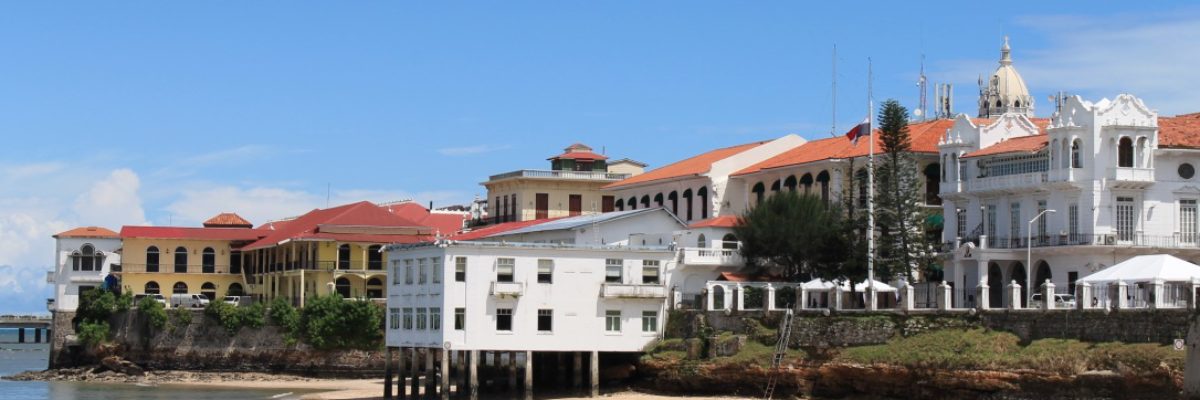I haven’t posted a blog in quite some time and I offer no excuses. It’s been a very eventful period in my life. During the pandemic I took the opportunity to work on an interchange with another organization that ultimately led to a career change. At the same time, my spouse retired and we are now eyeballs deep in retirement planning. The up-side to all this change is that its given me some ideas about other threads to blog about in the future, but one of the immediate benefits is that I now have more reason to travel to the Northwest Territories, which is the topic of this post.

During my previous career I had the opportunity to travel to Yellowknife, NWT a few times, but always in the middle of winter. What is unfortunate about that is Yellowknife in the middle of winter does not allow you the full appreciation of why many people call this lovely place home. I’ve been back a few times since the new year and I finally had a chance to experience Yellowknife in the summer; let me assure you it is a pretty spectacular place!

Whenever I fly into Yellowknife, I’m always struck by the magnitude of the tundra and the sheer size of Great Slave Lake. The tundra seems to sprawl into infinity, with low lying vegetation, bushes and rock outcroppings punctuated by countless lakes and ponds. It is an isolated, wild beauty that screams pristine hinterland.

Yellowknife rests on the shores of the Great Slave Lake, which is the traditional territory of the Dene First Nations. What is important to note, is that that the Great Slave Lake is not just any lake. It is the 10th largest lake in the world, and the deepest lake in North America, so when you stand on the shore it feels more like you’re looking at the ocean than a fresh water lake.

For a northern town, it is oddly deceiving. The city has a number of concrete high-rise buildings that you would be more accustomed to seeing in a larger southern centre, but it gives the impression of the downtown being a big city. However, that couldn’t be further from the truth; if you take the time to explore you’ll notice everything is within walking distance and the further you venture the more interesting it becomes.

The City of Yellowknife was founded in 1934, driven by mineral prospecting and gold mining in the surrounding area, but it only became the Capital City in 1967. Since inception, the NWT has grown through government devolution, mineral & diamond mining as well as year-round tourism. The Territory is home to 27 different First Nations, as well as Metis and Inuit groups. Demographically, it is a very diverse, multi-cultural city. The name Yellowknife is actually derived from the copper tools the local Dene First Nations were historically known for producing.

During my most recent trip, I took the time to walk around “Old Town” which is only a few kilometres south of the downtown core. Old Town is the original settlement in the area and has reinvented itself as an eclectic suburb, offering a glimpse into the past. The city has done a really great job of placing historical plaques around the area, so a self guided tour is ideal.

If you continue north past Old Town, you’ll cross over onto Latham Island, which has some very interesting architecture, stunning views of the water and is home to the Dene First Nations. While in Old Town, make sure you visit the Bush Pilots Monument and take in the stunning views from the top. A few other highlights in this area of town include the Hudsons Bay Company warehouse, Wildcat Cafe, and Ragged Ass Road. Although the NWT Brewing Co was closed when I was there, it’s on the list for my return visit. I highly recommend enjoying some great local fish at Bullocks Bistro in the heart of Old Town, the food is fantastic!

Yellowknife is the capital city and transportation hub for all of the Northwest Territories, but most importantly, it’s the gateway to the spectacular beauty that lies within her boundaries. As I travel further afield in this wonderful Territory I’ll continue to blog and post photos of my travels. The three Canadian Territories are a very special place, with very unique and interesting people who call it home. Everybody should take the opportunity to visit them at least once and witness the unspoiled wilderness they have to offer.

As a post script to this blog, the wildfire season this summer delayed me posting sooner. Climate change is having a dramatic impact in the north and this summer was a prime example. At the height of the crisis most communities in the South and North Slave Regions, including Yellowknife, were evacuated; which at its peak represented 70% of the entire population of the Northwest Territories. It was such a difficult summer for so many, but what I know about northerners is they are resilient, hardy and above all, welcoming!


